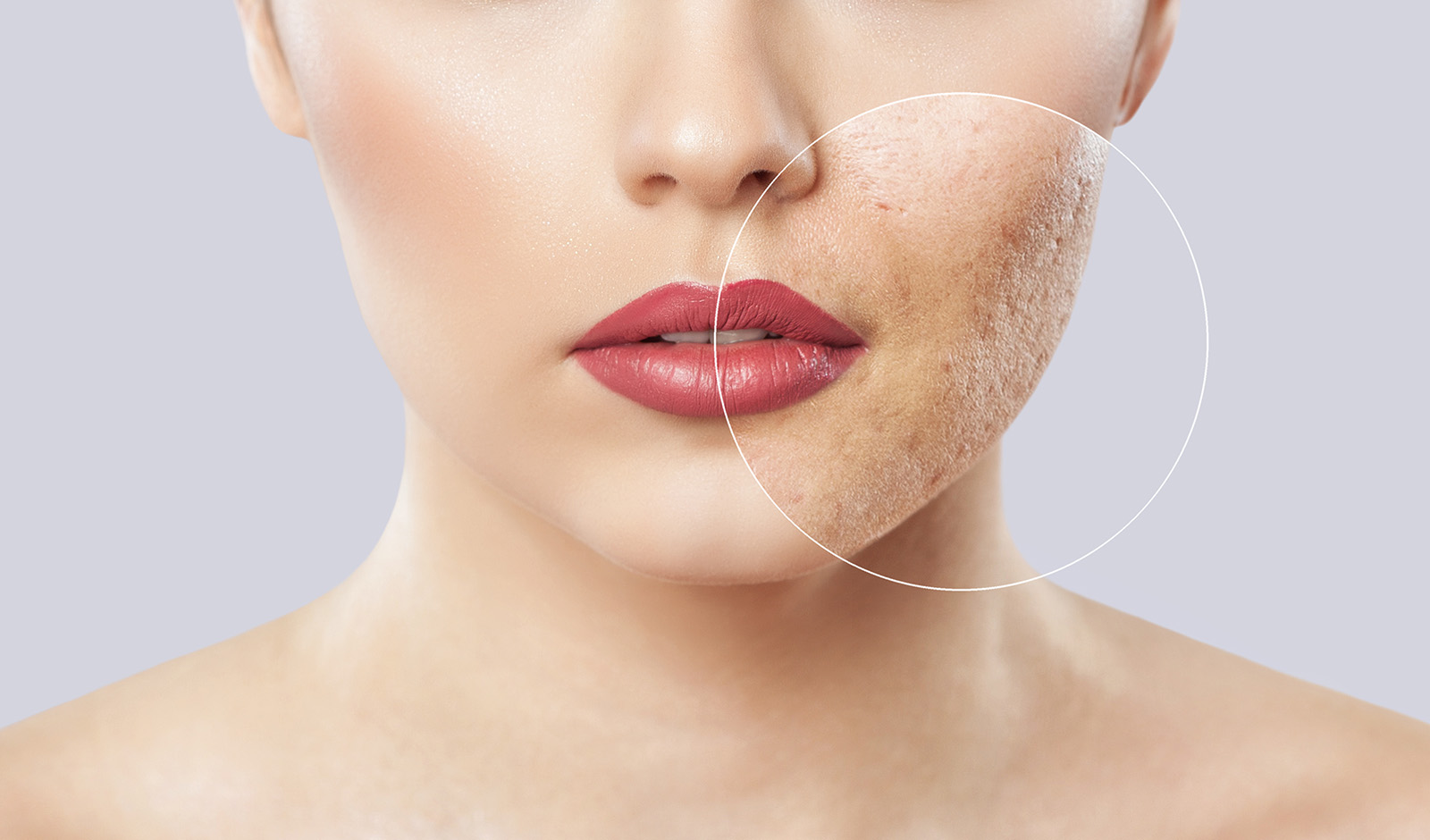

Acne is one of the most common skin concerns in the world. While most of us experience acne through our teenage years, a lot of us have to deal with acne even well into our adulthood. It does not matter what age, gender, or race you are — acne can literally affect anyone. So it comes as no surprise that so many people are trying to find easy solutions and quick fixes to deal with their acne. One popular approach is called acne mapping. This method suggests that the location of your breakouts can reveal underlying health issues or imbalances. But is there really any truth to that? If you’re curious about what acne mapping is, and if it really does work, keep reading.
What is acne mapping?
Acne mapping is a method in which particular regions of the face are connected to specific organs or systems in the body. According to this idea, the location of your acne can reveal information about the underlying causes of your breakout. Here are some the most common acne-affected areas of the face and their intended meanings:
Forehead
Acne on the forehead is often linked to digestive issues, such as poor diet choices, food allergies, or a sluggish metabolism. It’s believed that excessive consumption of greasy or processed foods, as well as irregular bowel movements, can contribute to breakouts in this area.
Cheeks
Breakouts on the cheeks are often associated with respiratory issues, such as allergies or smoking. Environmental factors like pollution, poor air quality, or even the use of dirty phone screens may also play a role. Hormonal imbalances, stress, or excessive use of skincare products can also contribute to cheek acne.
Chin
Acne along the chin and jawline is commonly linked to hormonal imbalances, particularly in women. Fluctuations in hormone levels, such as during menstrual cycles, pregnancy, or menopause, can lead to increased oil production and subsequent breakouts in this area.
Is it really accurate?
While acne mapping can be intriguing, it’s important to approach it with a critical mindset. The truth is, the concept lacks scientific evidence. However, there is some merit to understanding the general patterns of acne distribution. Certain areas of the face, like the T-zone (forehead, nose, and chin), are more prone to oil production due to a higher density of sebaceous glands. In addition to that, hormonal fluctuations can, in fact, cause breakouts along the chin and jawline. So while it can’t be taken as a fact, it can in fact help us get an idea of the cause behind our breakouts.
Why everyone is different
After learning what acne mapping is and how it works, we just want to emphasize one last thing — everyone is different. Acne is such a complex thing, and the reason behind it can be so vastly different from person to person. You also have to remember not everything will work for everyone. Acne mapping, while intriguing, should not be the sole basis for determining treatment or lifestyle changes. Focus on living a healthy lifestyle, drinking enough water, and avoiding different triggers that can cause breakouts and acne in you.
YOU MIGHT ALSO LIKE
The Benefits of Picking a Skincare Brand Formulated by Doctors Instead of Celebs
























